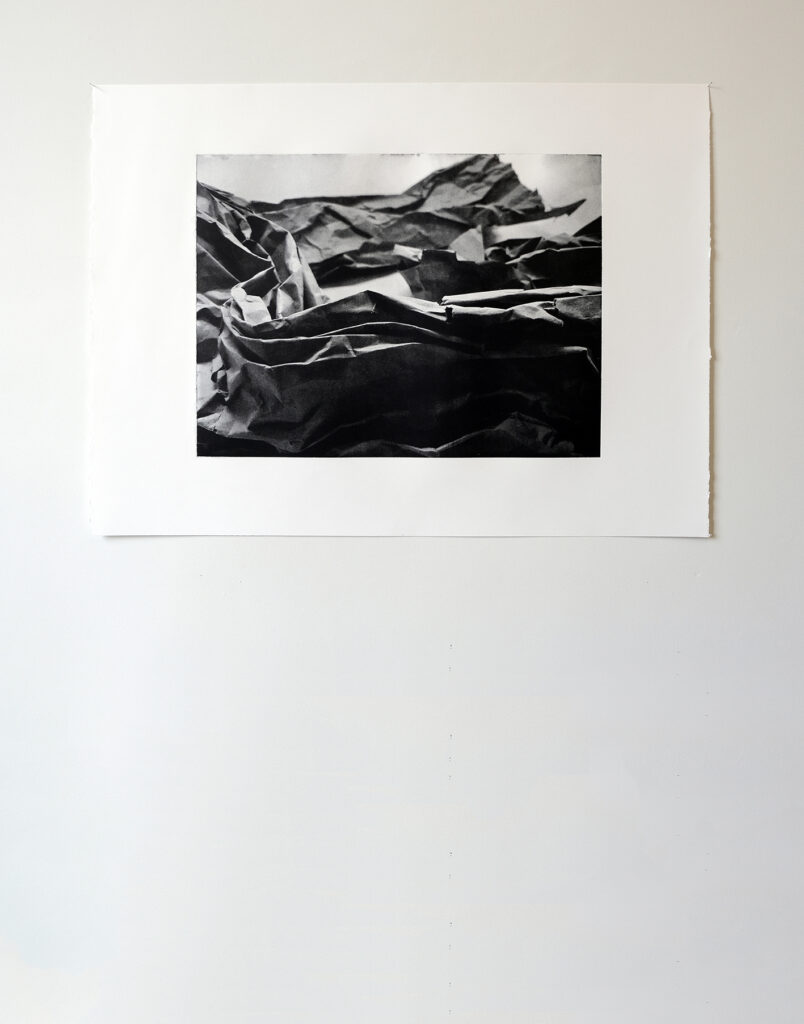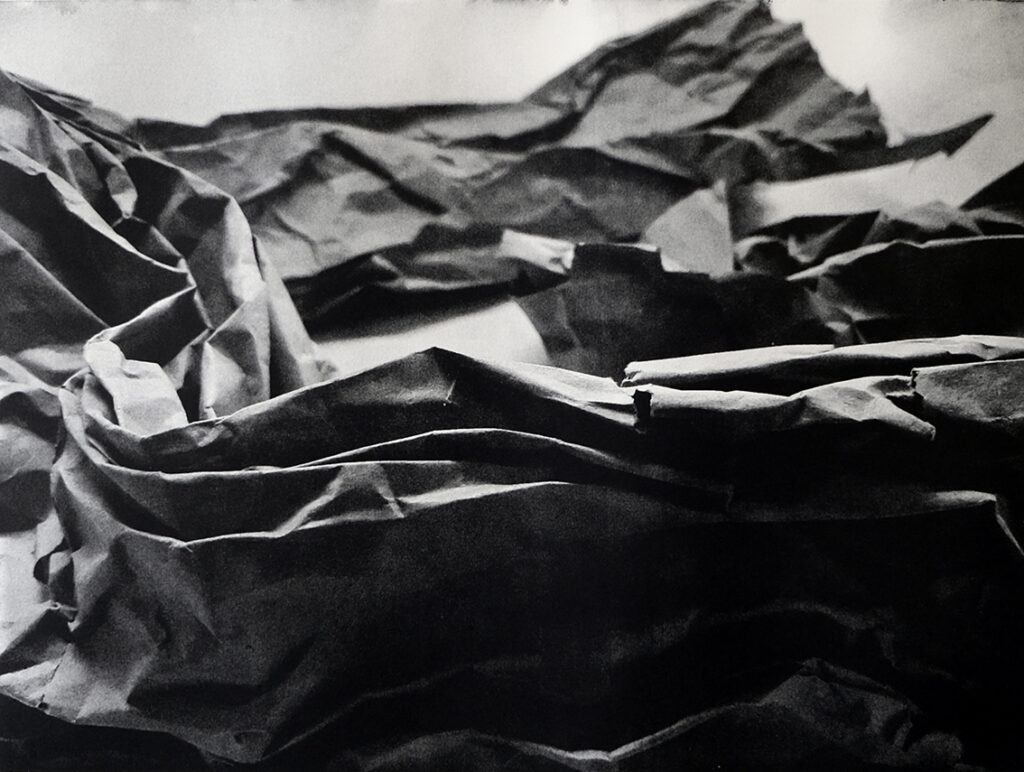2021 | Offset lithograph on archival paper | Print (width x height): 19.6 x 14.7 in. / 50 x 37.5 cm. | Paper: 30 x 22 in. / 76.5 x 56 cm. | Archival Paper: JS Opal, 250 gsm, acid-free | Photos: Satelliet.K, Ieper


26th September 1914, Marseilles #1, is a black-and-white offset lithograph on archival paper that undulates with waves of repeating registers. The wave-like patterns in this print are inspired by some 1914 photographs, which shows numerous canvas tent settlements, pictured on the race-track in Marseille, France. Many European photographers documented the arrival encampment of Indian soldiers, totalling to around 24,000 men, as they freshly disembarked via ships in Marseilles on the 26th of September, 1914. They compromised of two infantry divisions – renamed Lahore and Meerut – forming the Indian Corps, and a cavalry brigade.
In addition to referencing the seas and waters of Marseilles, the cramped wave motif on the print, also alludes to the horrid living conditions on tightly packed ships that the soldiers endured during the months-long sea passage from an un-divided India. After emerging from the overcrowded ships, the cold conditions were a shock to the weakened, malnourished soldiers, many of whom died from exposure. The Mistral, a strong, cold, dry, north-westerly wind that blows from southern France into the Gulf of Lion in the northern Mediterranean, has also partly inspired the print. – Kris Imants Ercums, curator of Global Contemporary and Asian Art at the Spencer Museum of Art, University of Kansas, USA.
26th September 1914, Marseilles #1, was developed during Baptist Coelho’s year-long Artist-in-Residence, supported by and at Fondation Fiminco, Romainville, 2021-22. The residency was also supported by Fonds de Dotation Buchet Ponsoye, Paris; Institut Français, India. The artwork was first exhibited as part of the artist’s solo exhibition at Galerie Saint-Séverin, Paris, from 8 December 2021 to 6 February 2022. The exhibition was curated by Odile Burluraux.